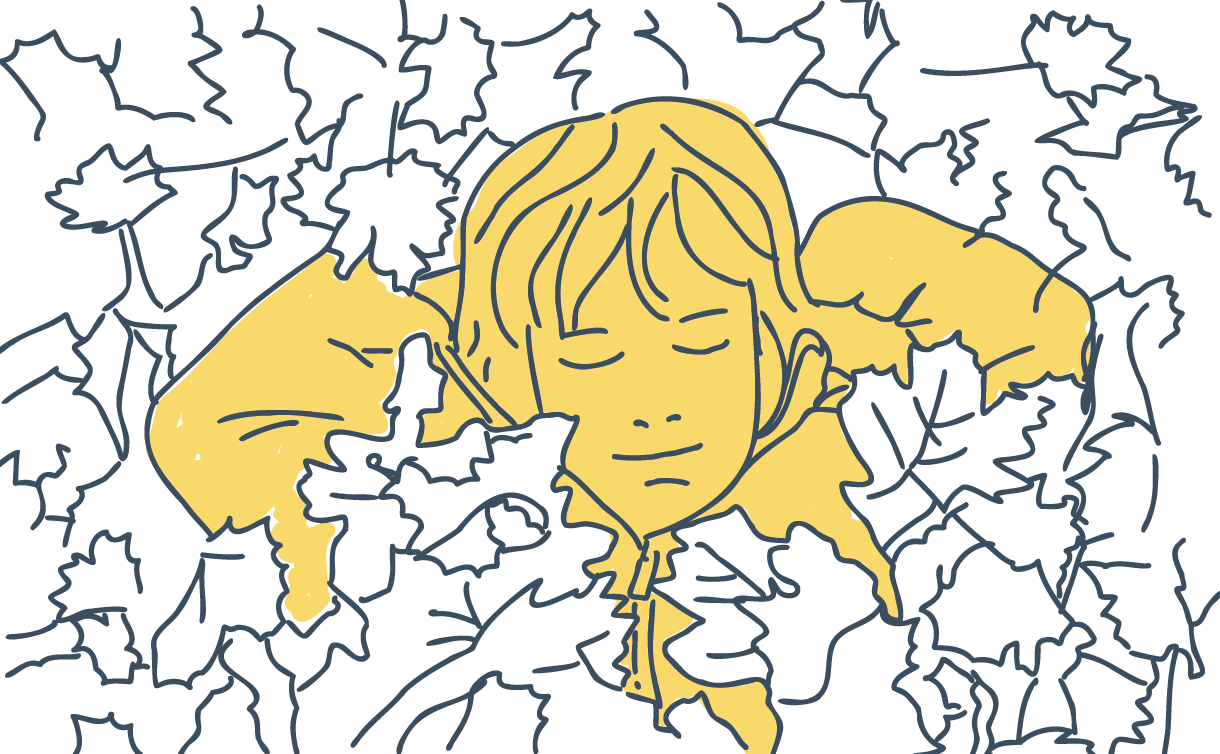School holiday Day Crafting primer for children
How can Day Crafting help your children structure their days when they're on holiday from school? Answering the question, 'What do you want to do today?' can be quite a cognitive challenge. My daughter is 10 and we're experimenting with this tool (which we've co-adapted) to provide some inspiration.
The Practice
In a notebook or on a page to stick on the fridge, generate answers to the following questions.
- One big project
- Two things to get better at
- Three people to hang out with
- Four local adventures
- Five things to get totally absorbed doing
- Six ways to help out around the house
- Seven sensory pleasures, e.g. yummy foods
Written by Bruce Stanley on Sat, May 29, 2021
Please share this
Related posts
Introductory Workbook – Learn Day Crafting at your own pace
Here is the first in a new Apprentice Series of Day Crafting workbooks. This works as a standalone course or as a compliment to the Day Crafting Apprentice Course – or as a refresher if you've completed the Day Crafting Apprentice Course. Further workbooks are available here.
In this post you will find some photos from the workbook, a free sample to download containing a range of example pages and a link to buy the book.
Setting intentions – the Day Crafting tool you’ll use most
Have you heard of a stitching pony? Every craft has ubiquitous tools, the potter's wheel, the smith's anvil, the carver's chisel – and the leatherworker has the stitching pony which is used to grip the material. To the Day Crafter the tool used most often has to be intention setting.Reset your days to your internal clock
Imagine a clock that told you personally when it was your best time during the day to do certain tasks – such as the optimum time to do analytical thinking or to have a difficult conversation. The best time to eat carbohydrates or to drive or to have sex. This clock could be fairly specific and handle conditions, for example it could tell you when to exercise to perform at your best, or to lose weight or to raise your mood, or to build strength or avoid injury (each of these conditions would give a different time). It could give you a surprisingly long list of optimum timings – like the best time to make a sale or take medicine, to learn something, to drink alcohol, visit the dentist, solve creative problems and get out into the sunshine, to go first – or not, to work on through or to take a break. And unsurprisingly, when to get up and when to go to bed.
